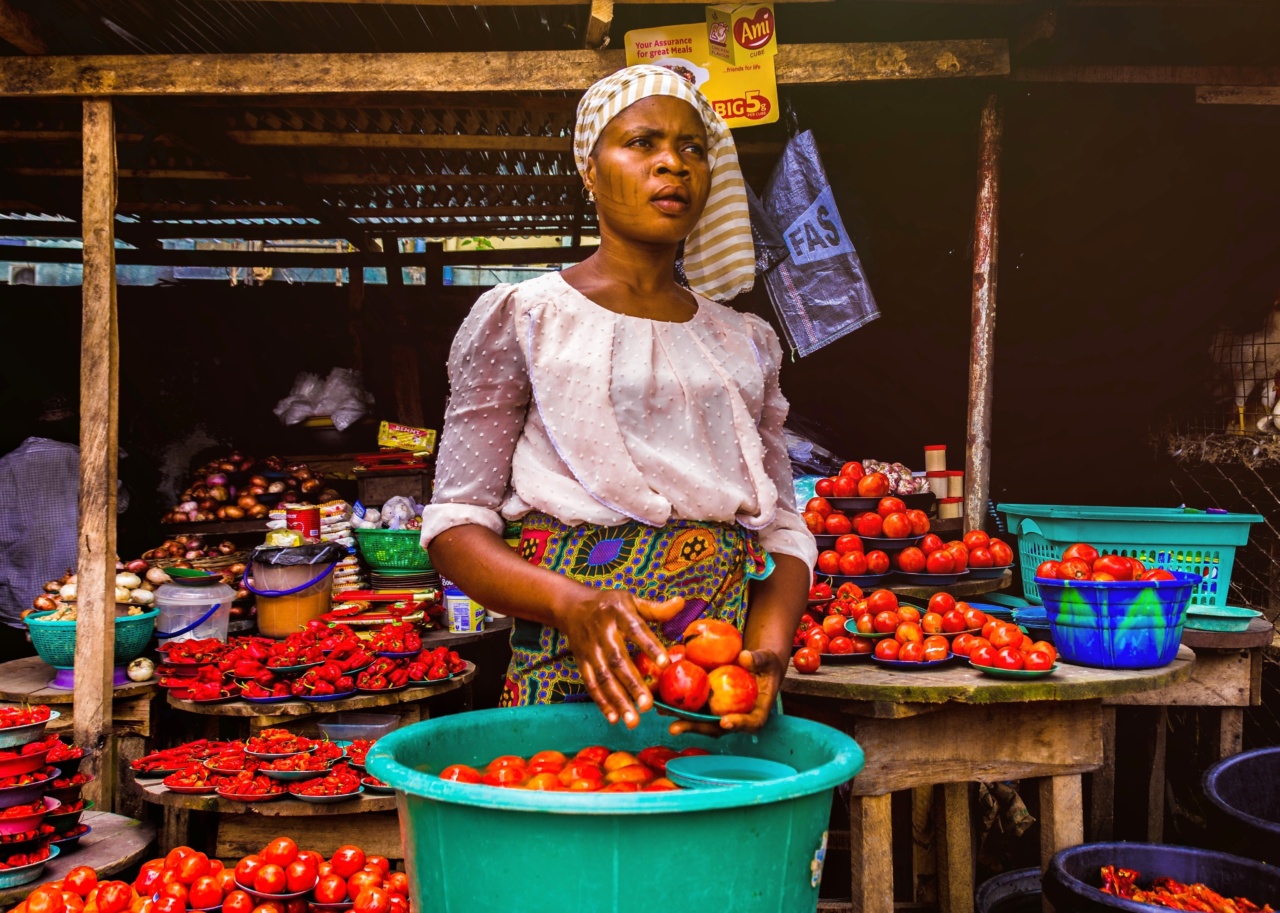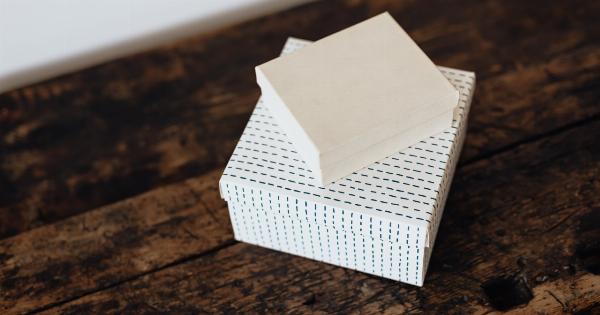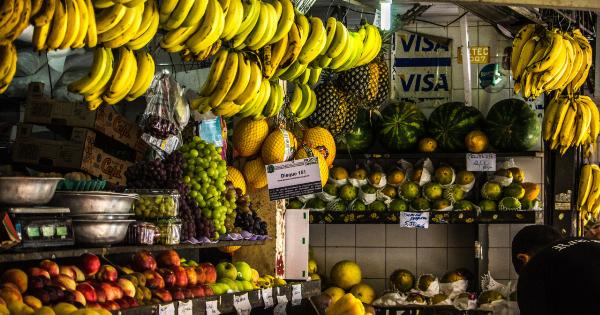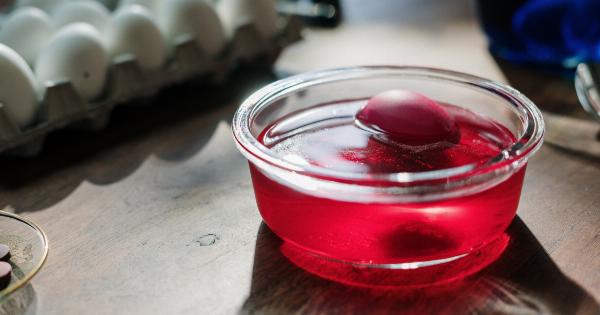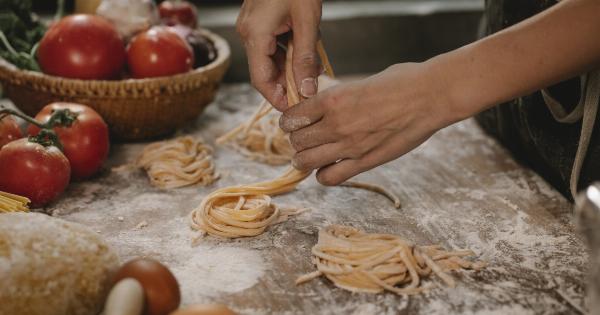Are you tired of throwing away fruits and vegetables that have gone bad too quickly? Proper storage is vital to keep produce fresh and extend their shelf life. Here’s a guide to storing your fruits and vegetables to maximize their freshness.
1. Know Your Fruits and Vegetables
First and foremost, you need to know which fruits and vegetables need to be stored in the refrigerator and which ones need to be kept out.
Vegetables like potatoes, onions, and garlic should be stored in a cool, dark, and dry place, away from direct sunlight. Tomatoes, avocados, and bananas should be kept out of the refrigerator as they can lose their flavor and texture when exposed to cold temperatures.
Leafy greens, berries, and soft fruits like peaches and plums should be stored in the fridge to keep them fresh.
2. Clean and Dry Produce
Before storing, make sure that your produce is clean and dry. Rinse fruits and vegetables with clean water to remove any dirt or debris. Let them air dry or gently pat them dry with a clean towel.
Moisture can cause produce to spoil faster, so it’s important to remove any excess water before storing.
3. Use the Right Storage Containers
The type of storage container you use can also make a huge difference in keeping your produce fresh. Clear plastic containers or resealable plastic bags with zip locks are great for storing leafy greens, herbs, and berries.
For fruits and vegetables that release ethylene gas, such as apples, kiwis, and mangoes, use a perforated plastic bag to allow for air circulation. Storing produce in airtight containers or bags can trap moisture and speed up spoilage.
4. Keep Fruits and Vegetables Separate
Fruits and vegetables may seem like they belong together, but storing them together can actually cause them to spoil faster. Fruits that release ethylene gas can cause adjacent vegetables to spoil faster.
Onions, garlic, and potatoes can also give off odors that can affect the flavor of nearby fruits and vegetables. Keep your produce separate to avoid spoilage and odors.
5. Store Fruits and Vegetables at the Right Temperature
The ideal temperature for storing fruits and vegetables is different for each type of produce. Leafy greens, berries, and soft fruits should be stored in the fridge at a temperature between 32-40°F.
Hardier vegetables like carrots, bell peppers, and broccoli can be stored in the fridge but can also be kept at room temperature for a short period of time. Tomatoes, avocados, and bananas should be kept at room temperature away from direct sunlight. Potatoes, onions, and garlic should be stored in a cool, dry, and dark place at a temperature between 45-50°F.
6. Use Proper Storage Techniques
Some produce requires special storage techniques to keep them fresh. Here are some examples:.
- Asparagus: Place the stems in water and store them in the fridge in an upright position.
- Celery: Wrap the stalks in aluminum foil and store them in the fridge.
- Citrus fruits: Store them at room temperature away from direct sunlight or in the fridge in a perforated plastic bag.
- Cucumbers: Store them in the fridge, preferably in the crisper drawer.
- Pumpkins: Store them in a cool, dry, and dark place away from sunlight.
- Bananas: Keep them at room temperature away from direct sunlight or in a perforated plastic bag in the fridge.
7. Use Produce within its Shelf Life
Even with proper storage, fruits and vegetables still have a shelf life. Make sure to use produce within its shelf life to avoid spoilage and waste. Here are some general guidelines for the shelf life of fruits and vegetables:.
- Leafy greens: 5-7 days
- Berries: 3-5 days
- Peaches: 5-7 days
- Tomatoes: 5-7 days
- Apples: 1-2 months
- Potatoes: 2-3 months
- Onions: 2-3 months
Conclusion
Proper storage techniques can make a huge difference in keeping your fruits and vegetables fresh.
Remember to know which produce needs to be stored in the fridge or at room temperature, use the right storage containers, keep produce clean and dry, and use produce within its shelf life. With these tips, you can maximize the freshness of your fruits and vegetables and reduce waste.
